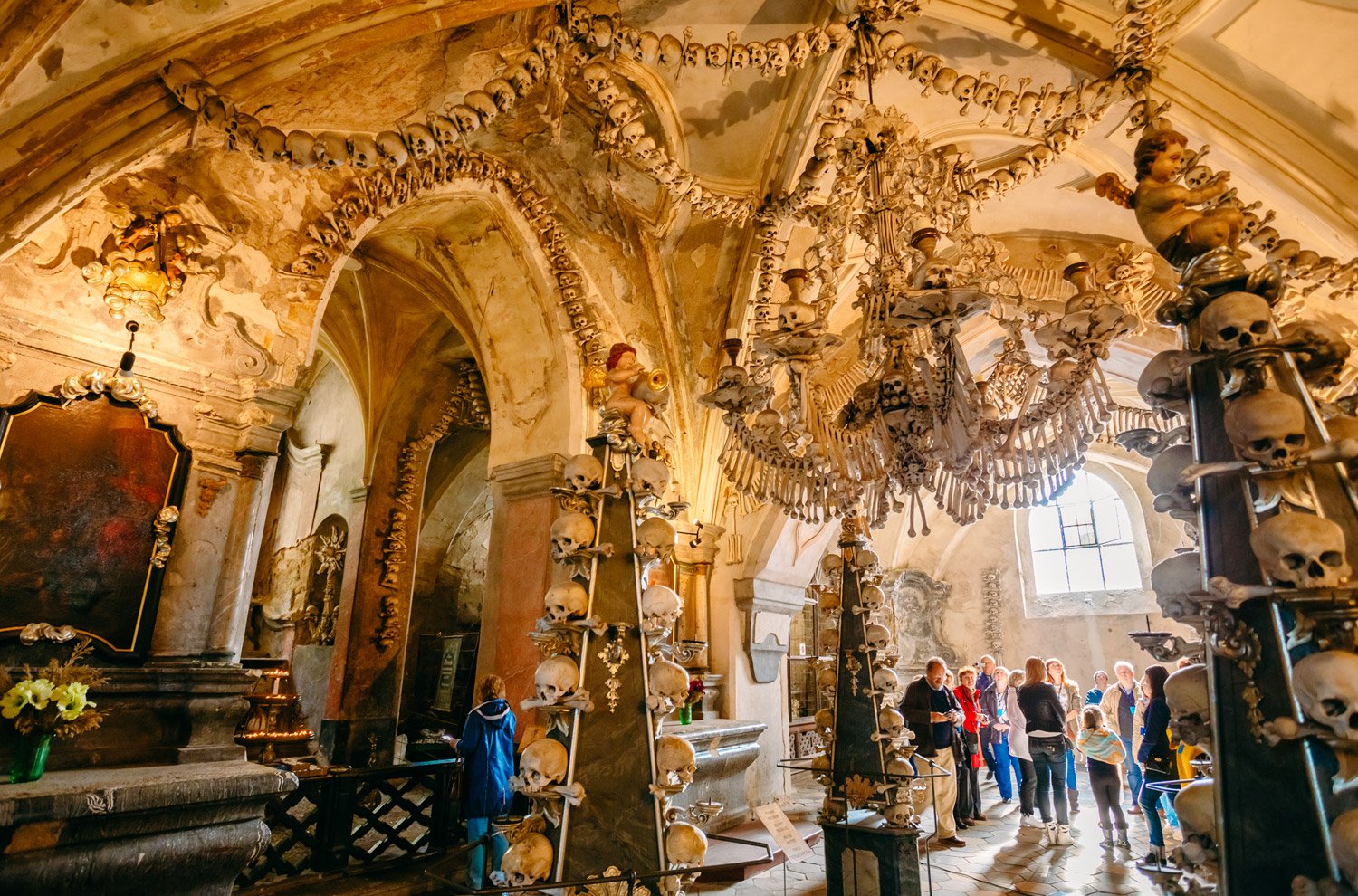Prague
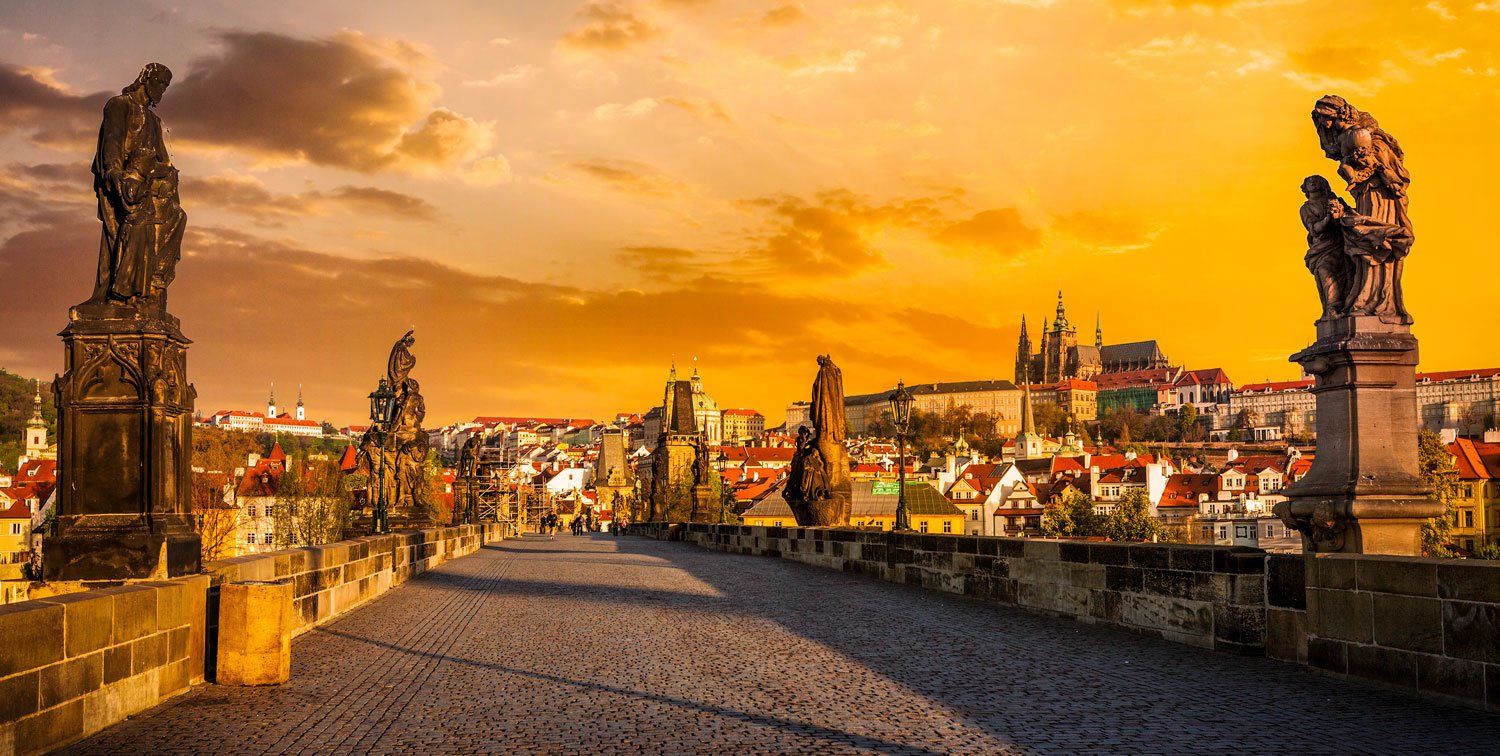
Prague presents the independent traveller a vibrant amalgam of music, art, fine dining and special events. The city has become the most sought-after destination in Central Europe, enchanting the travellers with its beauty and vibrancy.
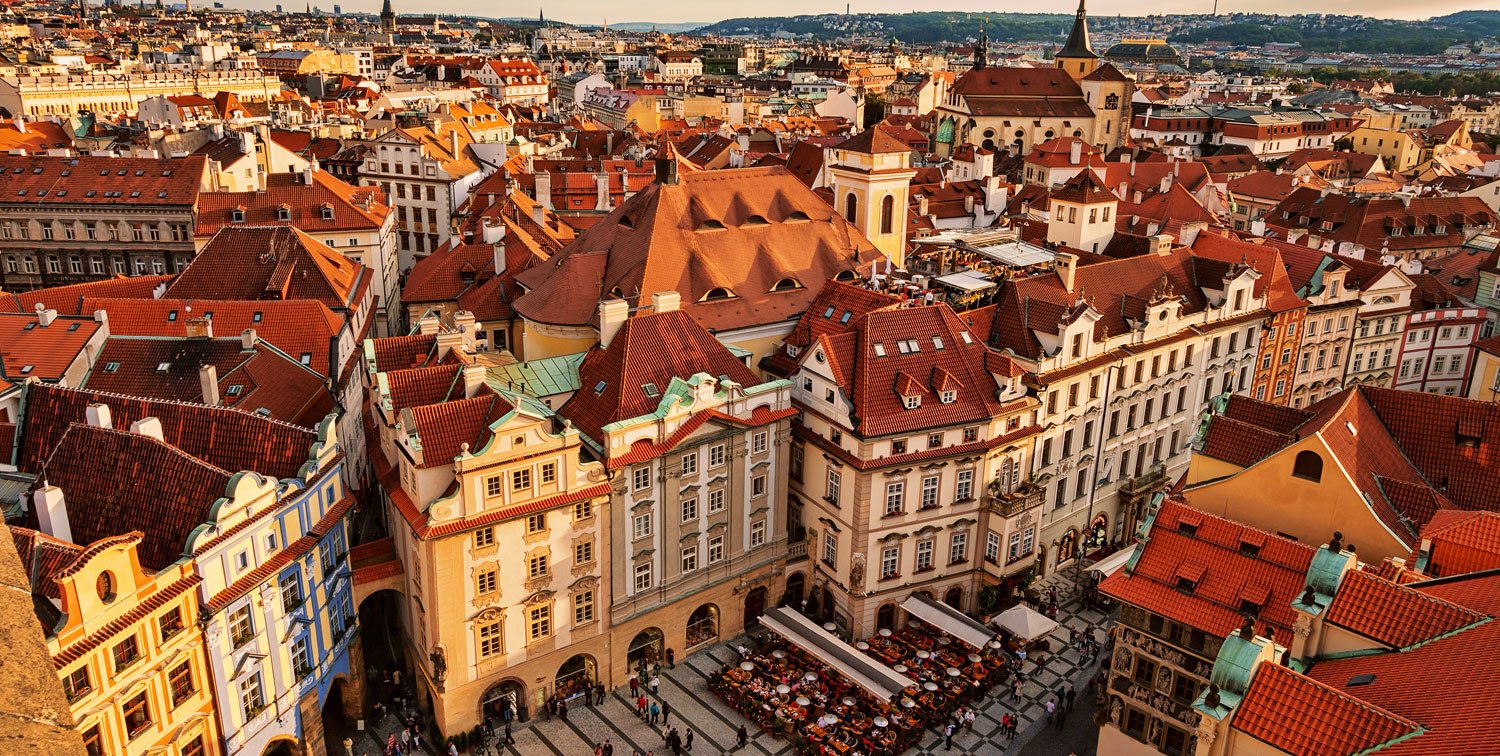
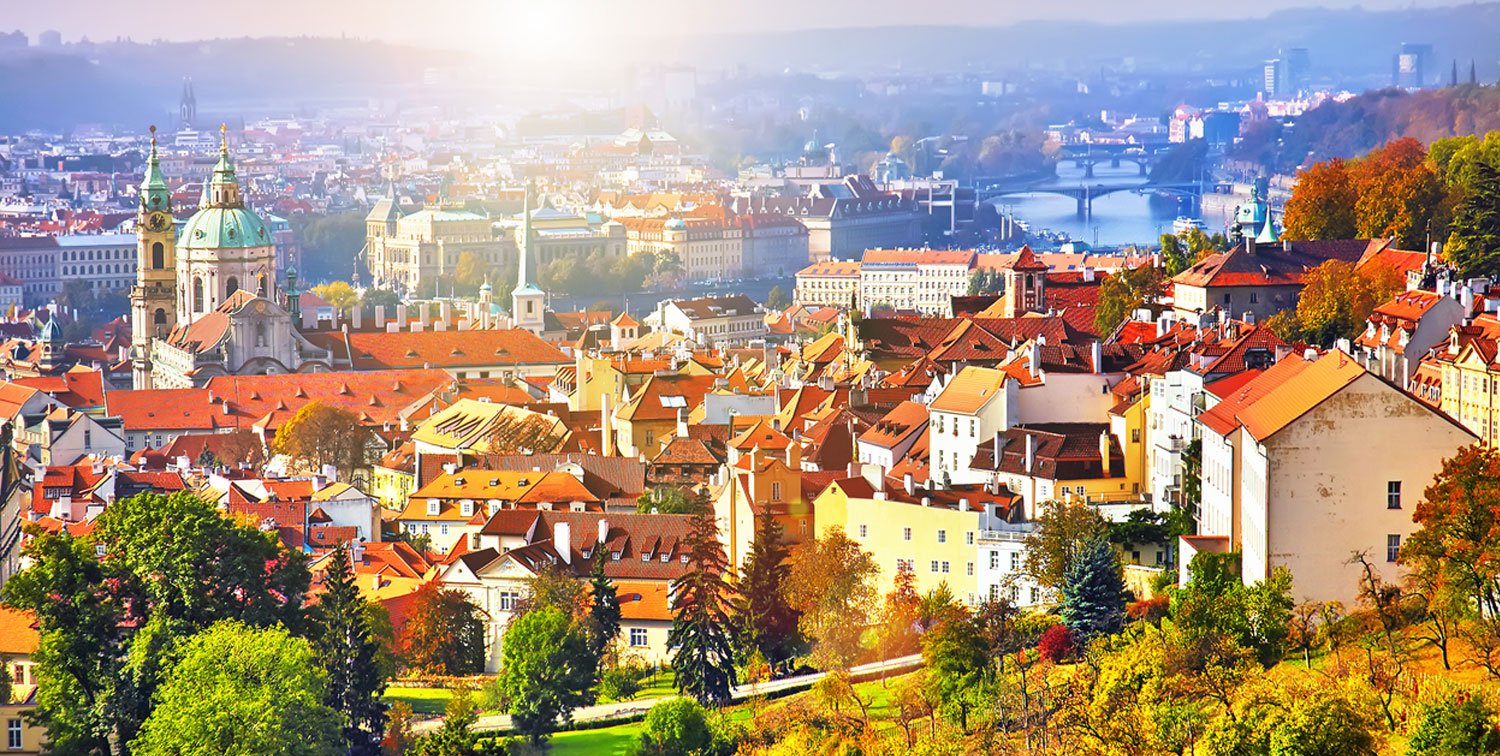
In the true Bohemian spirit, the unusual is common here, with a former monastery modified into a five-star hotel or a one-time nuclear bunker transformed to a nightclub!
When to Go
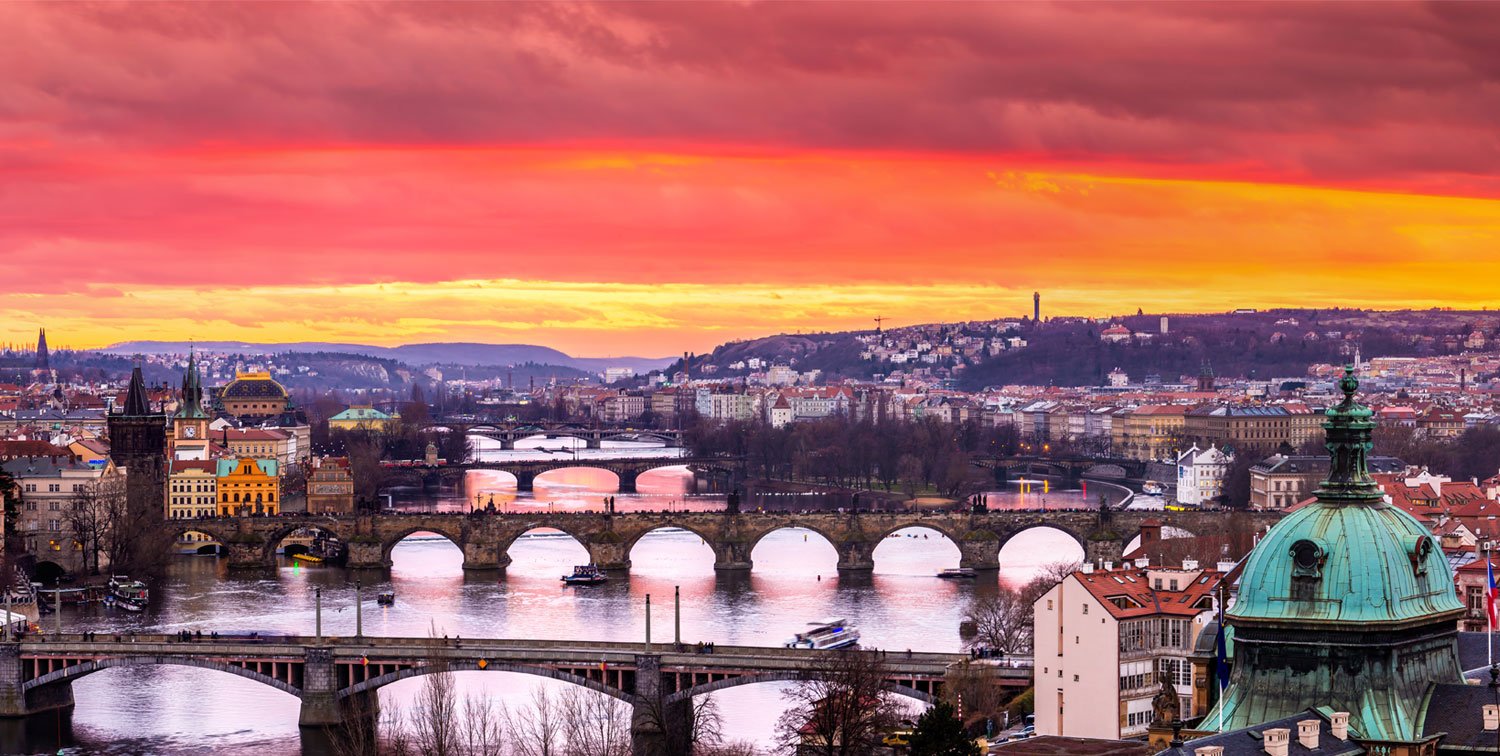
The Bohemian slopes has the best skiing in January and February. Hence, a room at any ski resort in the area would be difficult to get. For the non-skiers, the late spring (April / May) or the fall would be the best season to visit. The countryside then, is bright with vibrant colours and there would be no rush in the hotels and restaurants.
How to reach?
By Air
Many budget carriers serve Prague, connecting the capital to several other cities in Europe. They are an economical choice to travel within Europe. But, booking in advance makes things easier.
Airports
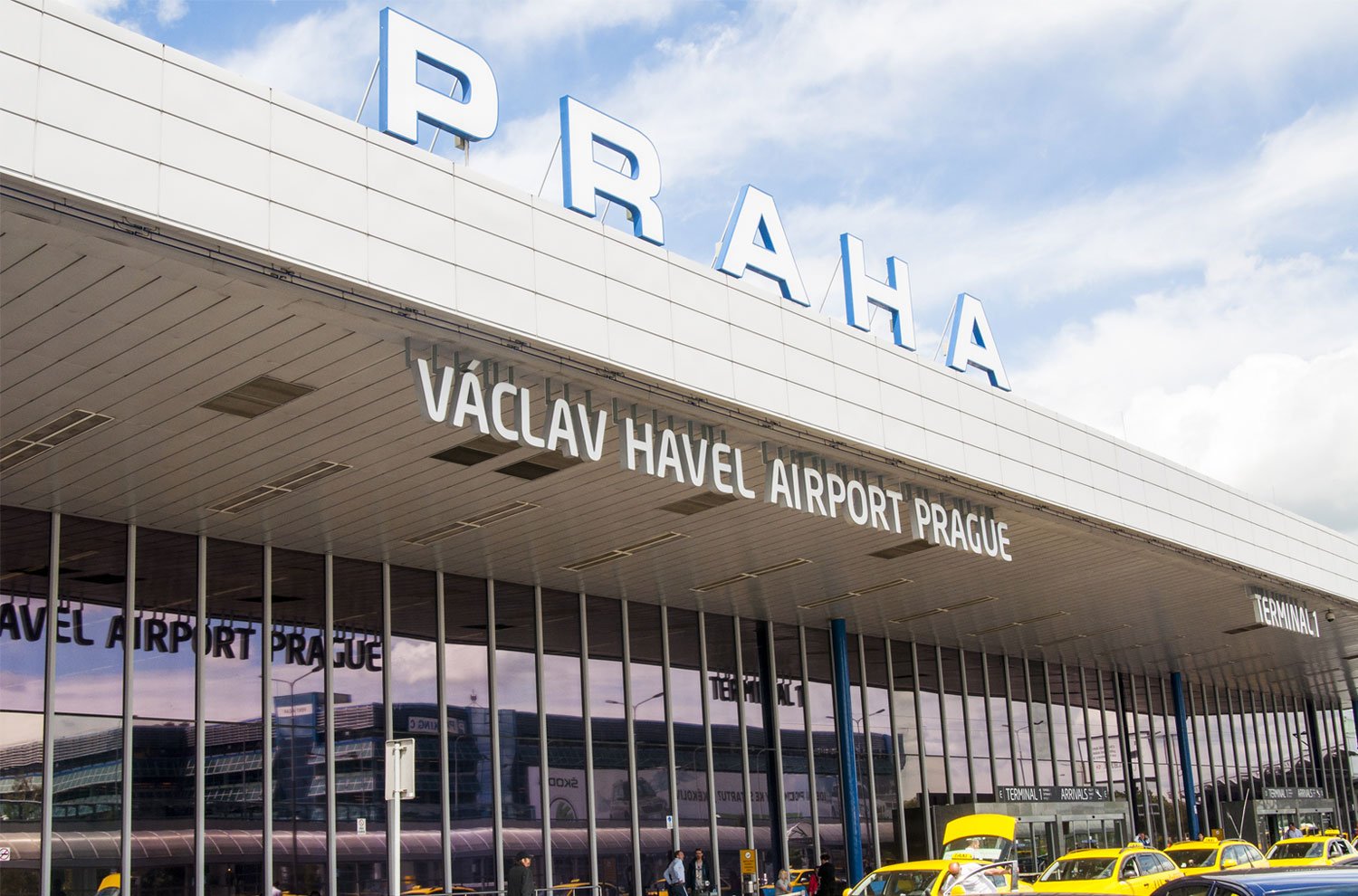
There are several options to commute from the airport to downtown. Your time, budget and the luggage you carry would decide your option.
Prague’s municipal bus service, Bus 119, is the most economical. It leaves from just outside the arrivals area to Dejvicka metro station (on the Green Line, A) every 15 minutes on weekdays. It is less frequent on weekends and evenings.
The airport is linked to the central V Celnici street, near Namesti Republiky (Republic Square), by the Cedaz minibus shuttle. It is close to the Old Town Square, running regularly between 5:30 am and 9:30 pm daily. The one-way fare to V Celnici is 150 Kč.
A taxi ride to the center would cost 600 Kč–900 Kč. To destinations outside the centre and away from the airport, the fare is higher.
On a fixed price of 600 Kč and 900 Kč, Prague Airport Shuttle offers transport to your hotel, depending on the number of passengers (one–eight). You are allowed a delay of one hour from your scheduled arrival time, be it the flight delay or delay at the customs and immigration. Reservations should be made in advance, online.
Train Travel

The frequent point of departure for trains to Berlin, Vienna and Budapest, and the high speed train to Brno, Olomouc and Ostrava in Moravia, is the main station, Nádraží Holešovice. Two other bigger stations in Prague service mostly local destinations. Smíchovské Nádraží services the west, with trains to Karlštejn, and is located in the southwest of the city centre across Vltava (on metro line B, Yellow line). Masarykovo Nádraží, near Náměstí Republiky in the city centre services the suburban destinations.
The best way to reach the centre of the town, on arriving at Hlavní Nádraží, is by metro. The station is on metro Line C (Red Line), and is just one stop from the top of Wenceslas Square (station: Muzeum).
What to see
Prague Castle
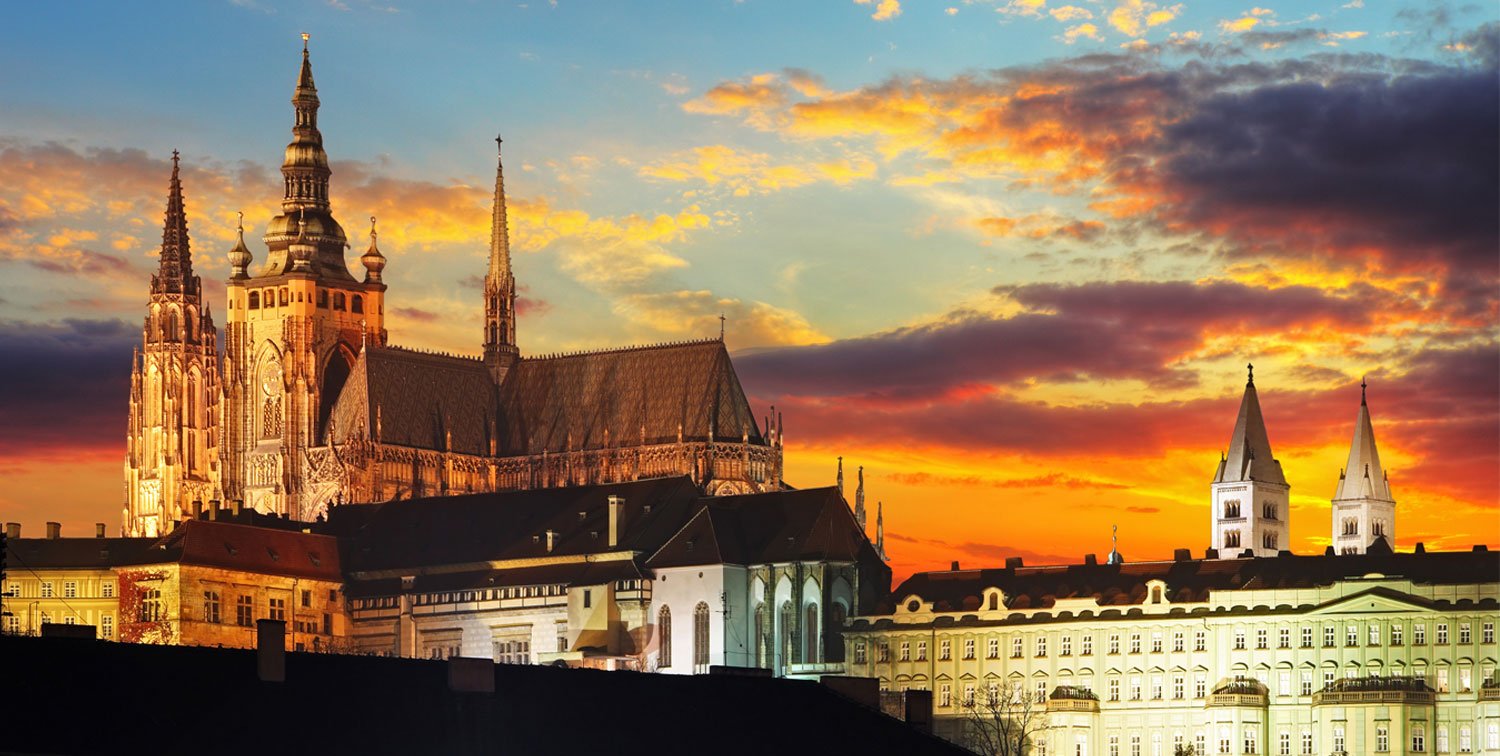
The castle is recorded as the largest ancient castle in the world, in the Guinness World Records, and is 570m long, an average of 128m wide, and covers a total area bigger than seven football fields!
Charles Bridge
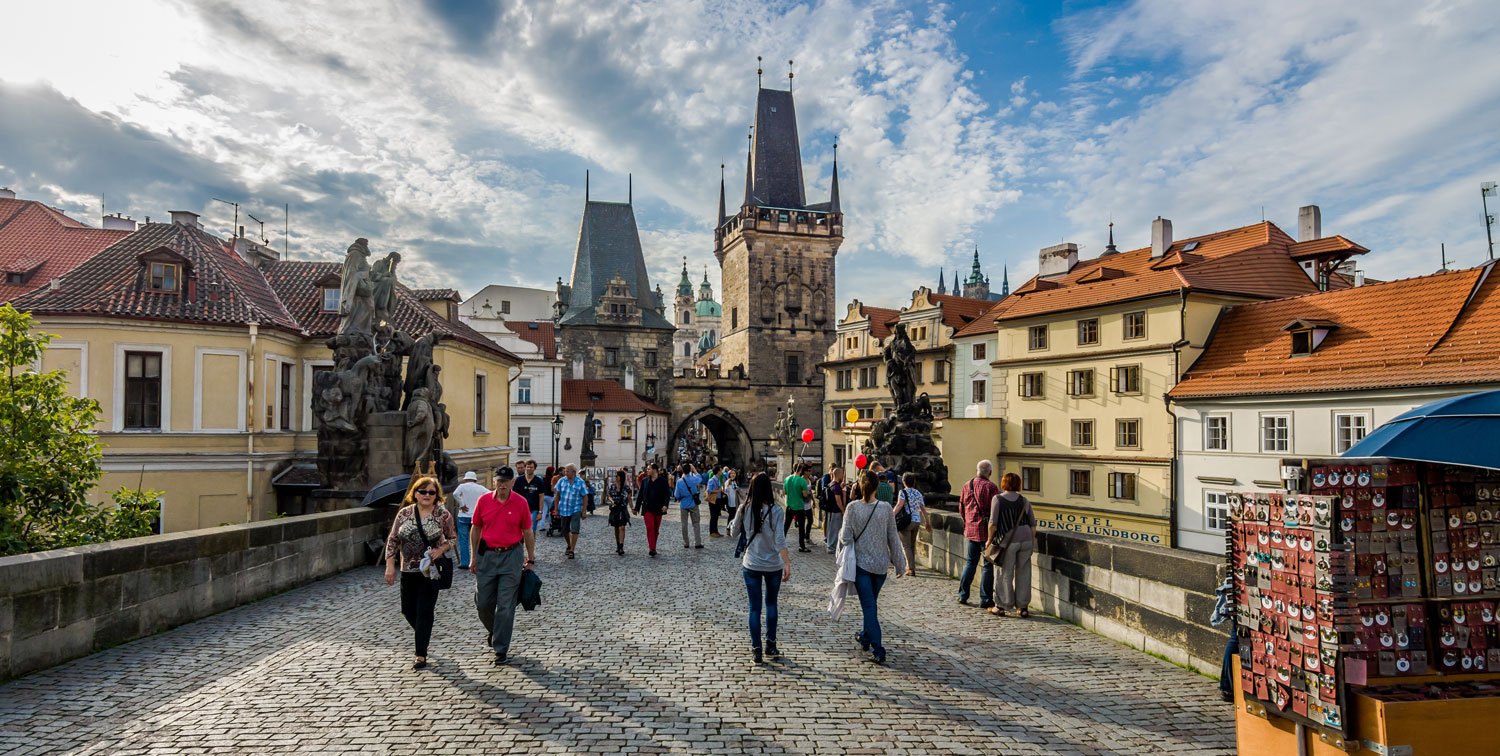
The bridge is always bustling with activity. But at dawn and dusk, there is lesser crowd. There is one tower each at either end of the Charles Bridge offering a beautiful panoramic view. The Castle, lit at night, is a beautiful sight to watch.
Old Town Square
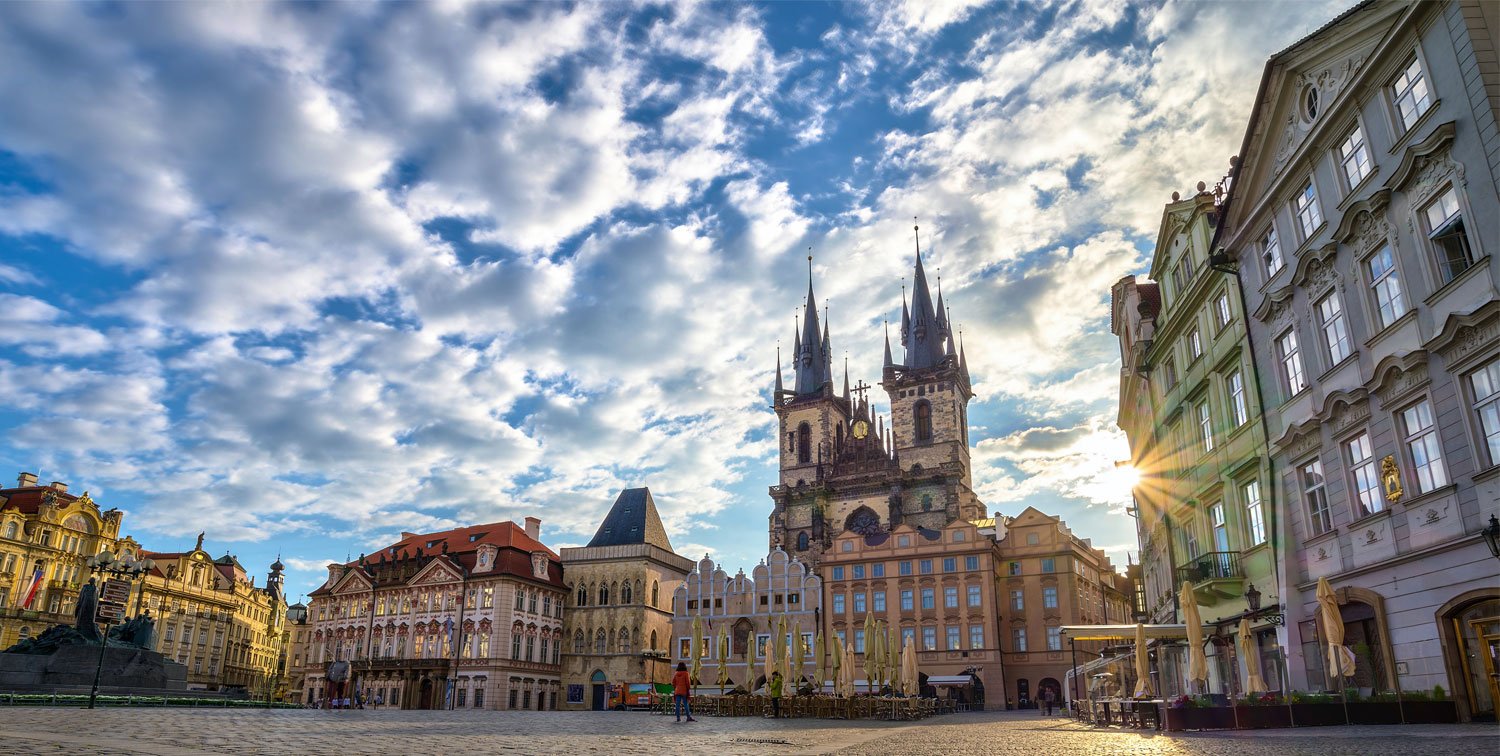
St. Vitus Cathedral
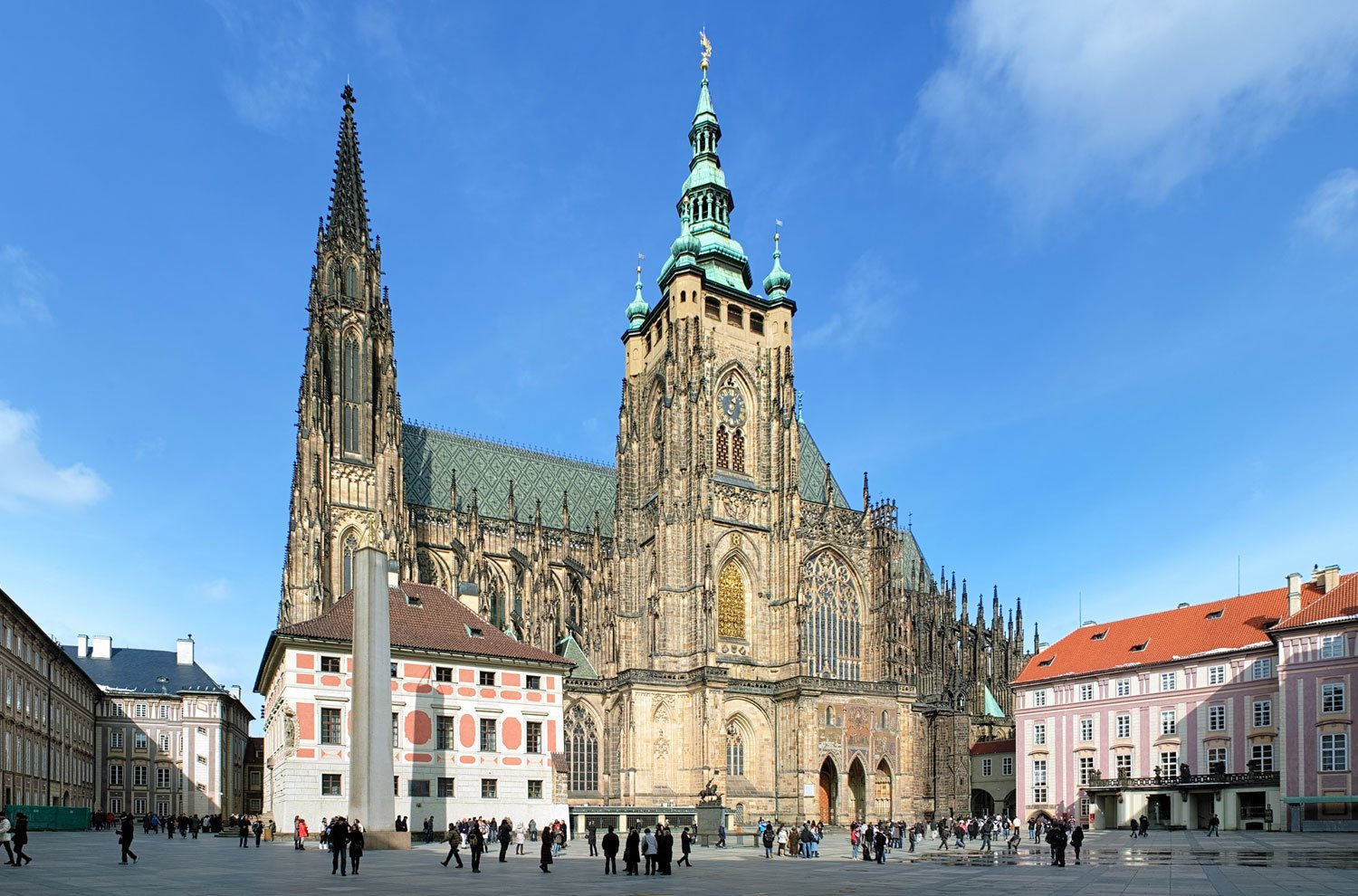
The building of this cathedral began in the 14th century and continued into the first half of the 20th century. The cathedral is also home to important historic and artistic treasures. The crown jewels are housed here. The silver funerary monument of St. John of Nepomuk, decked with flowers and angels is a part of the tour around the cathedral. St. Wenceslas Chapel is the most beautiful of the chapels with semi-precious stones and frescoes encrusted on the walls.
Astronomical Clock
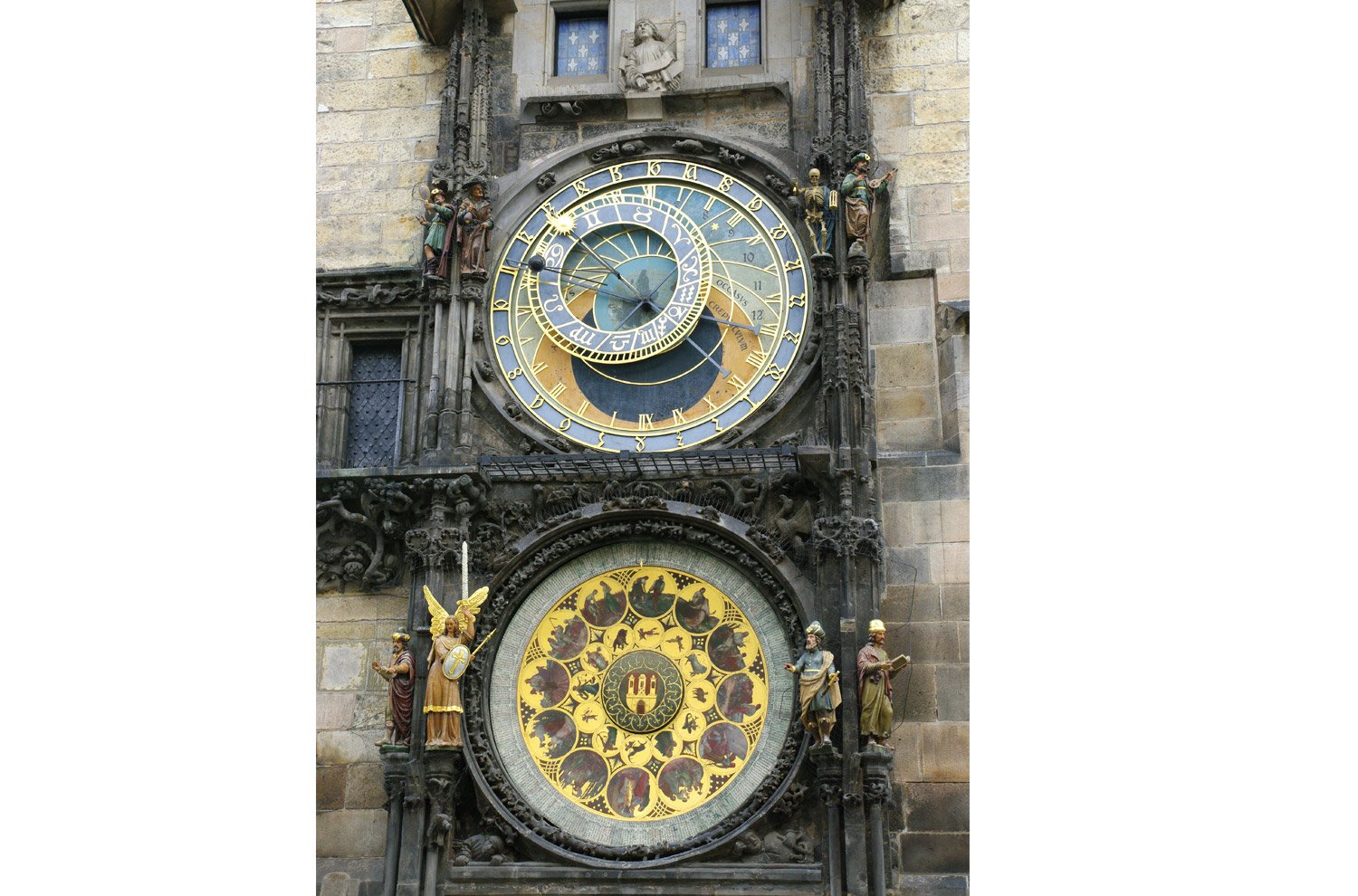
The walk of the Apostles begin every hour when the bell rings, the Gothic sculptures move, a cock crows and a trumpeter put up an interesting show for the tourists. Noon or midnight will have the most fanfare, obviously!
Wenceslas Square

Mala Strana
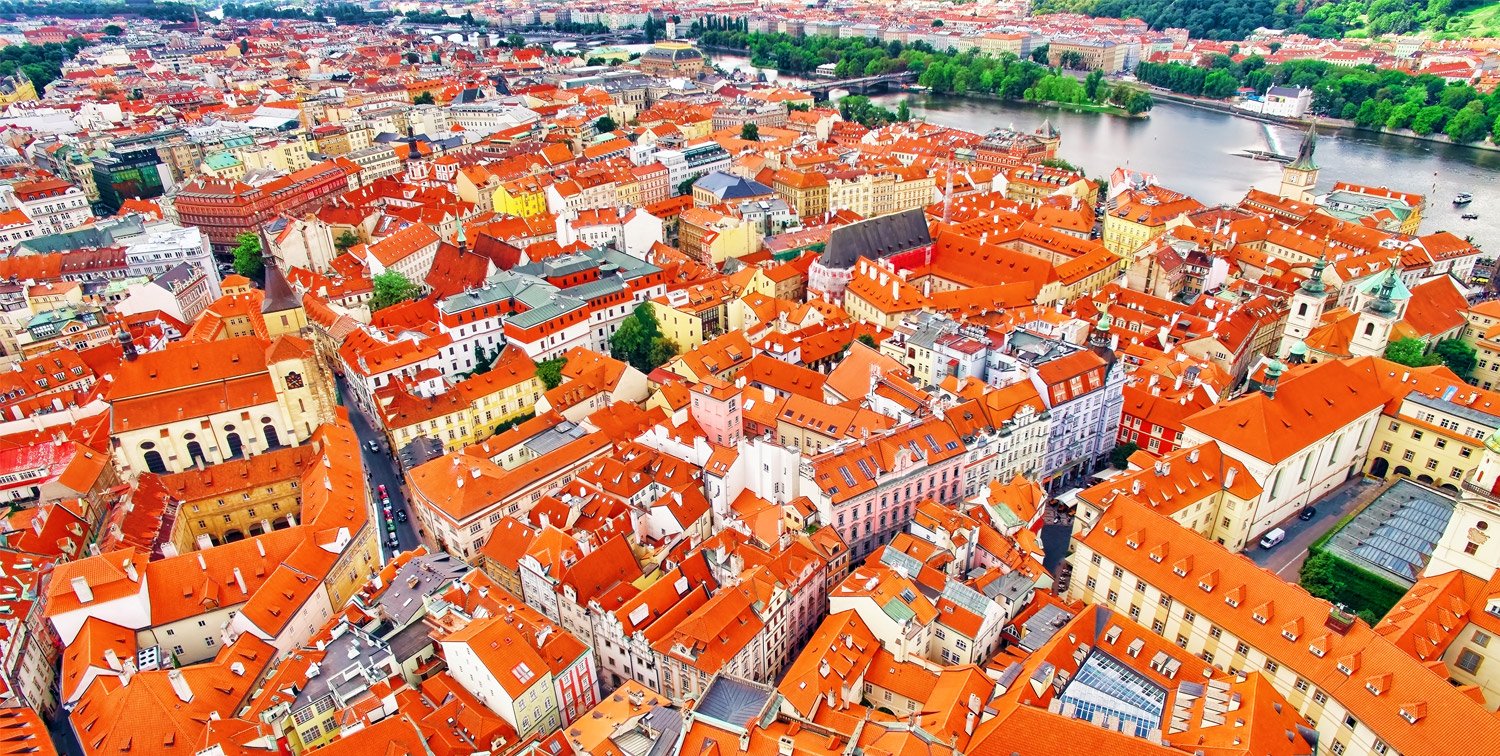
There are many palaces, churches, squares, parks and gardens in the district. There are pubs, shops and restaurants in the Lesser Town Square. There are also international embassies functioning from the Baroque buildings. The Prague Castle towers over Malá Strana. It is easily reached through Nerudova Street that offers a picturesque steep climb. There are heraldic emblems of beasts, white swan, gold horseshoe and the red eagle on the houses on this street. Vojan and Petrin Hil are places that offers relaxing walks in parks.
Tyn Church
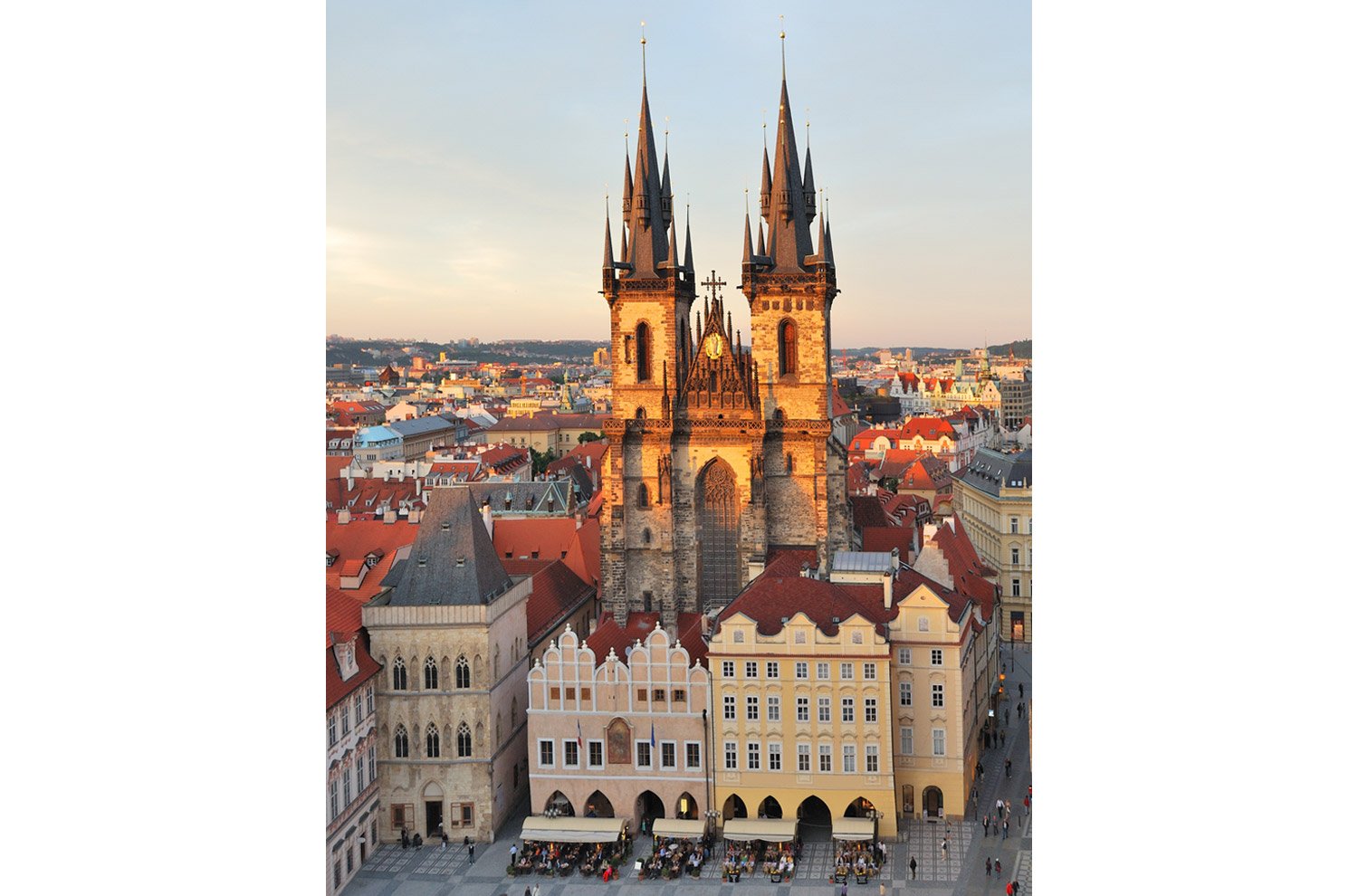
Old New Synagogue
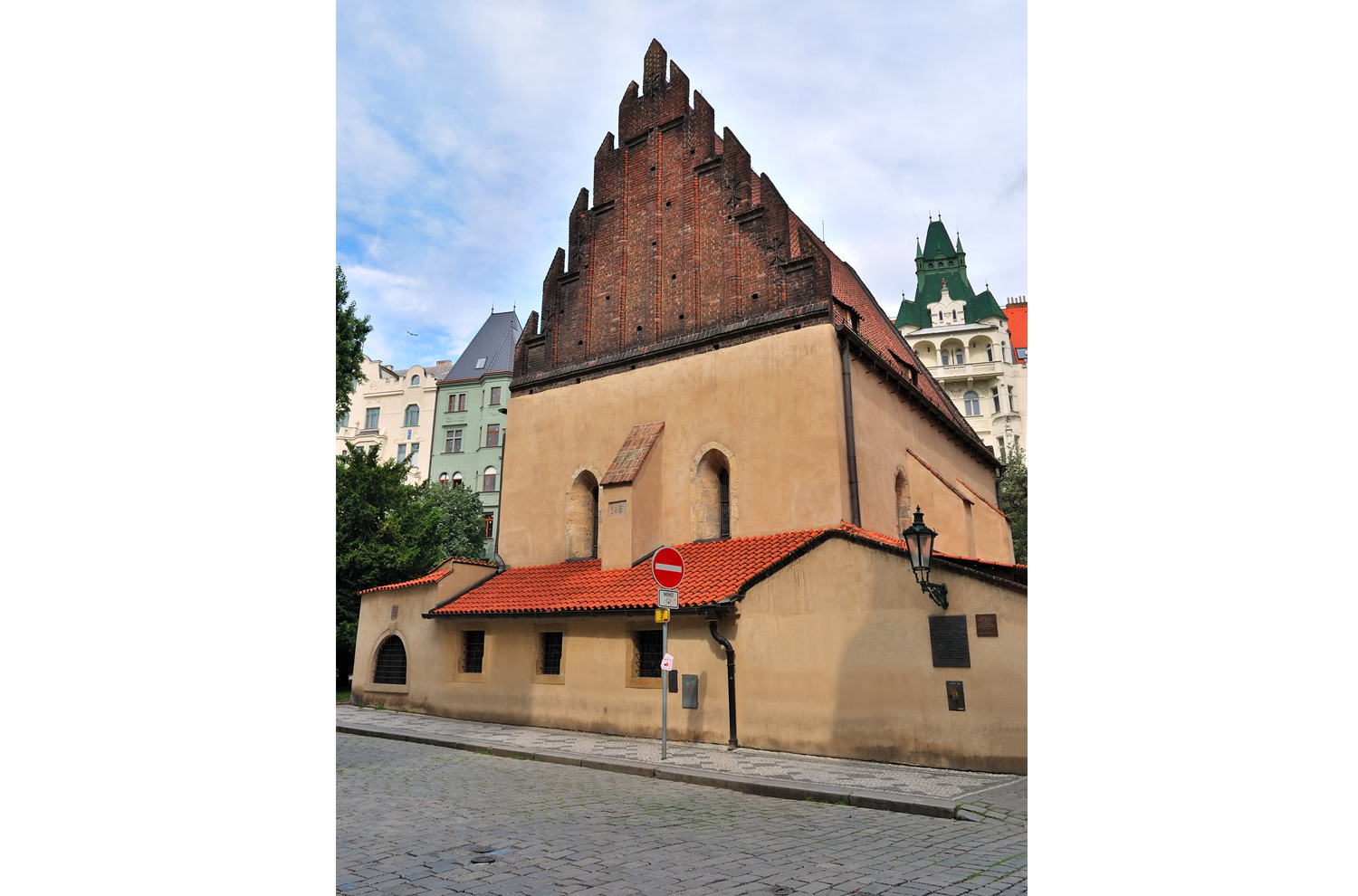
Powder Tower
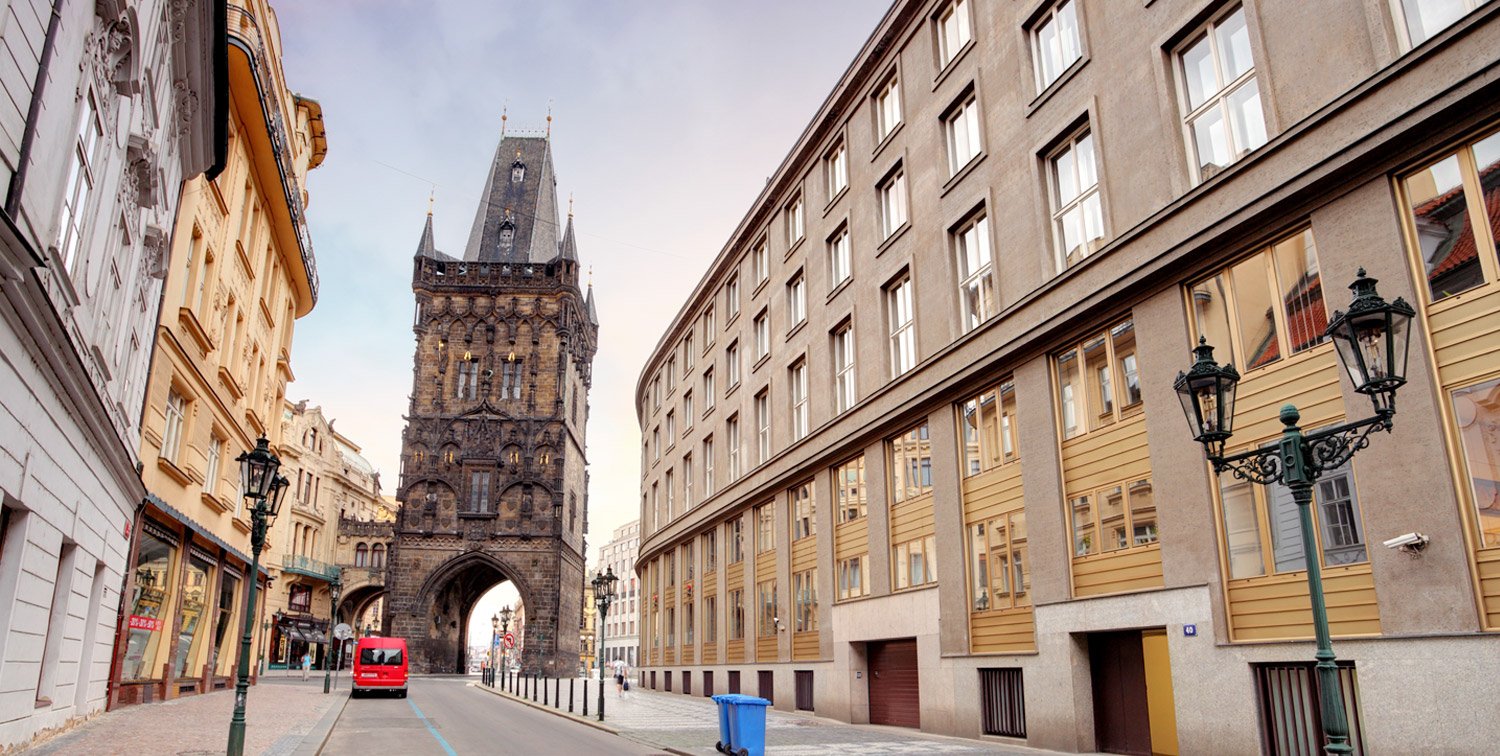
Celetná Ulice
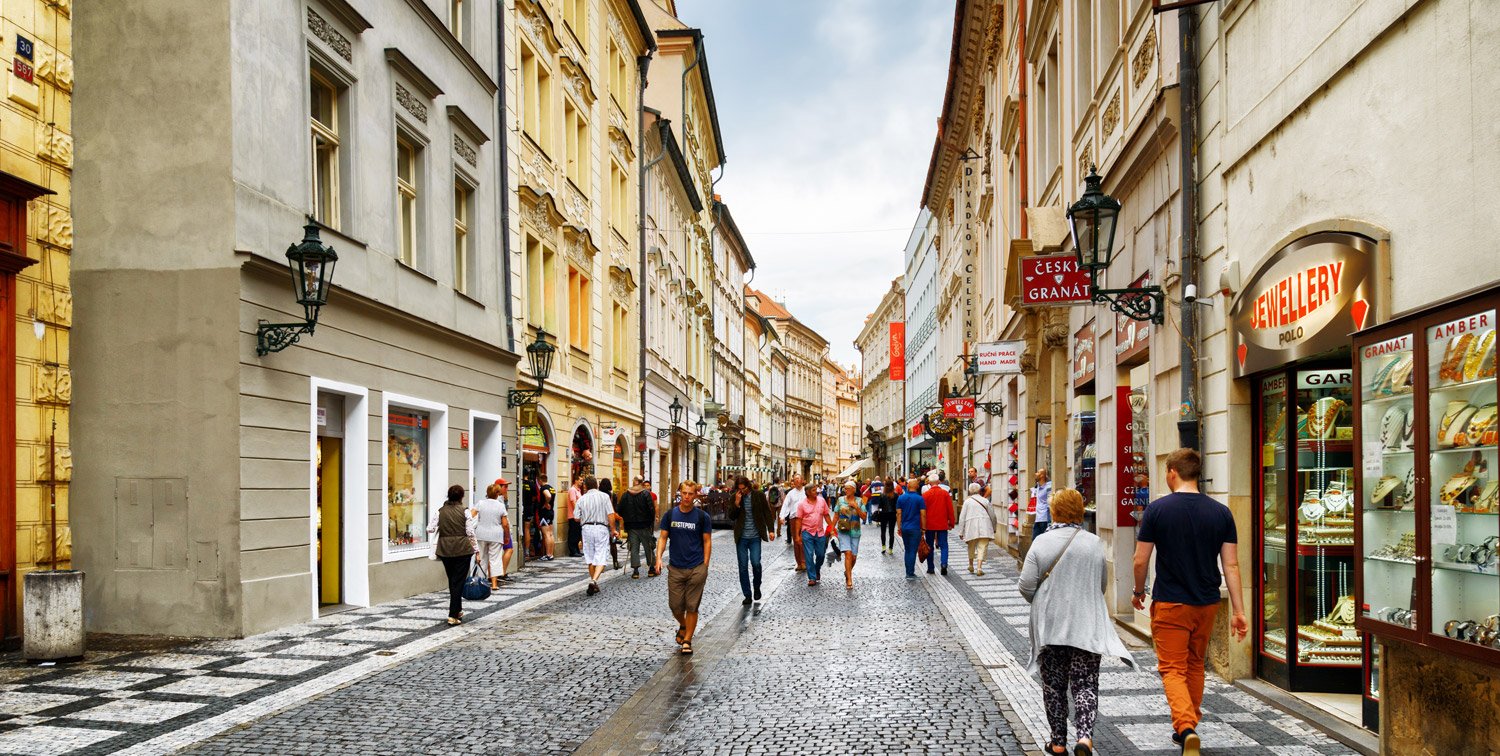
St. George’s Basilica
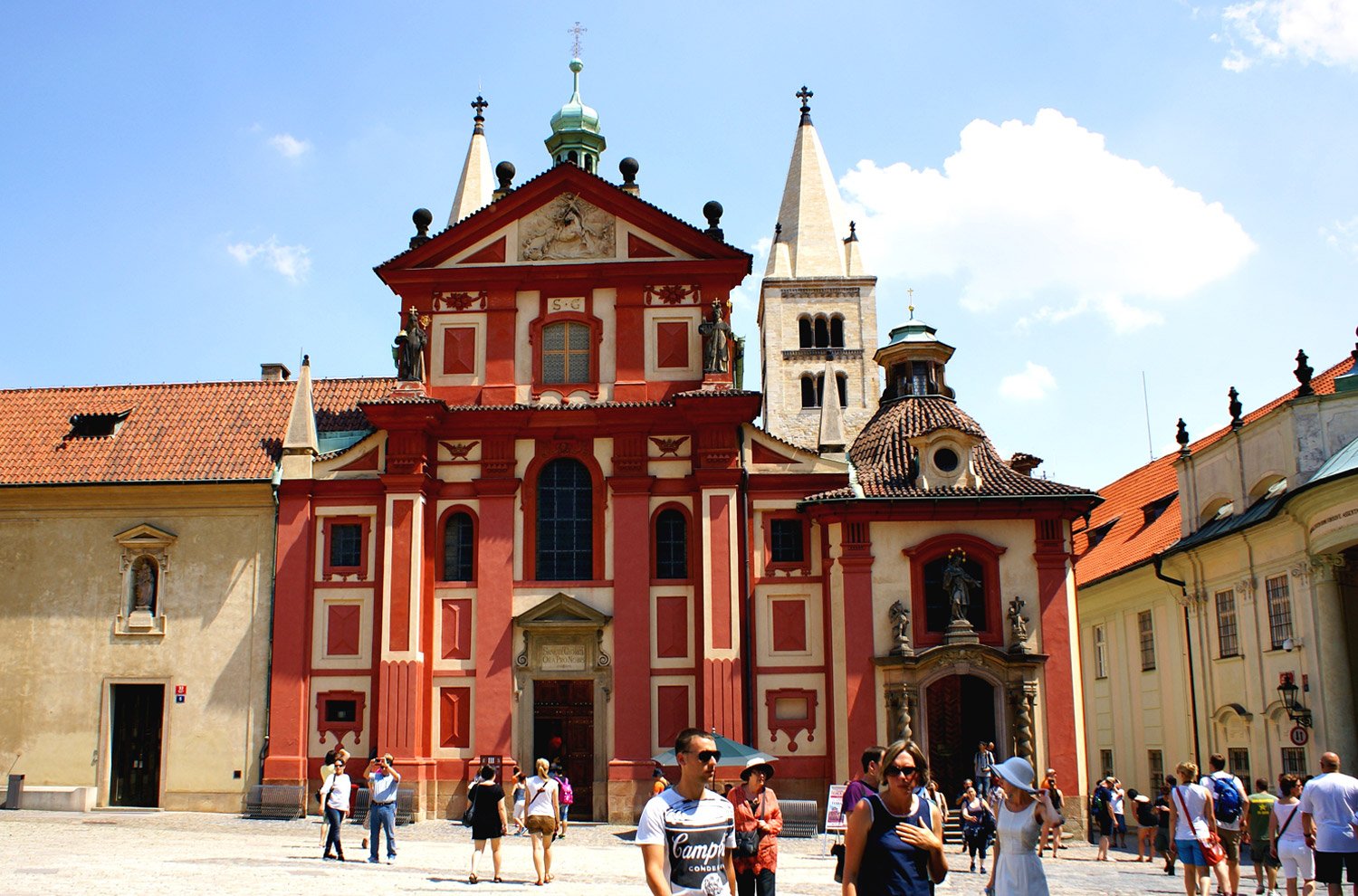
Bethlehem Chapel
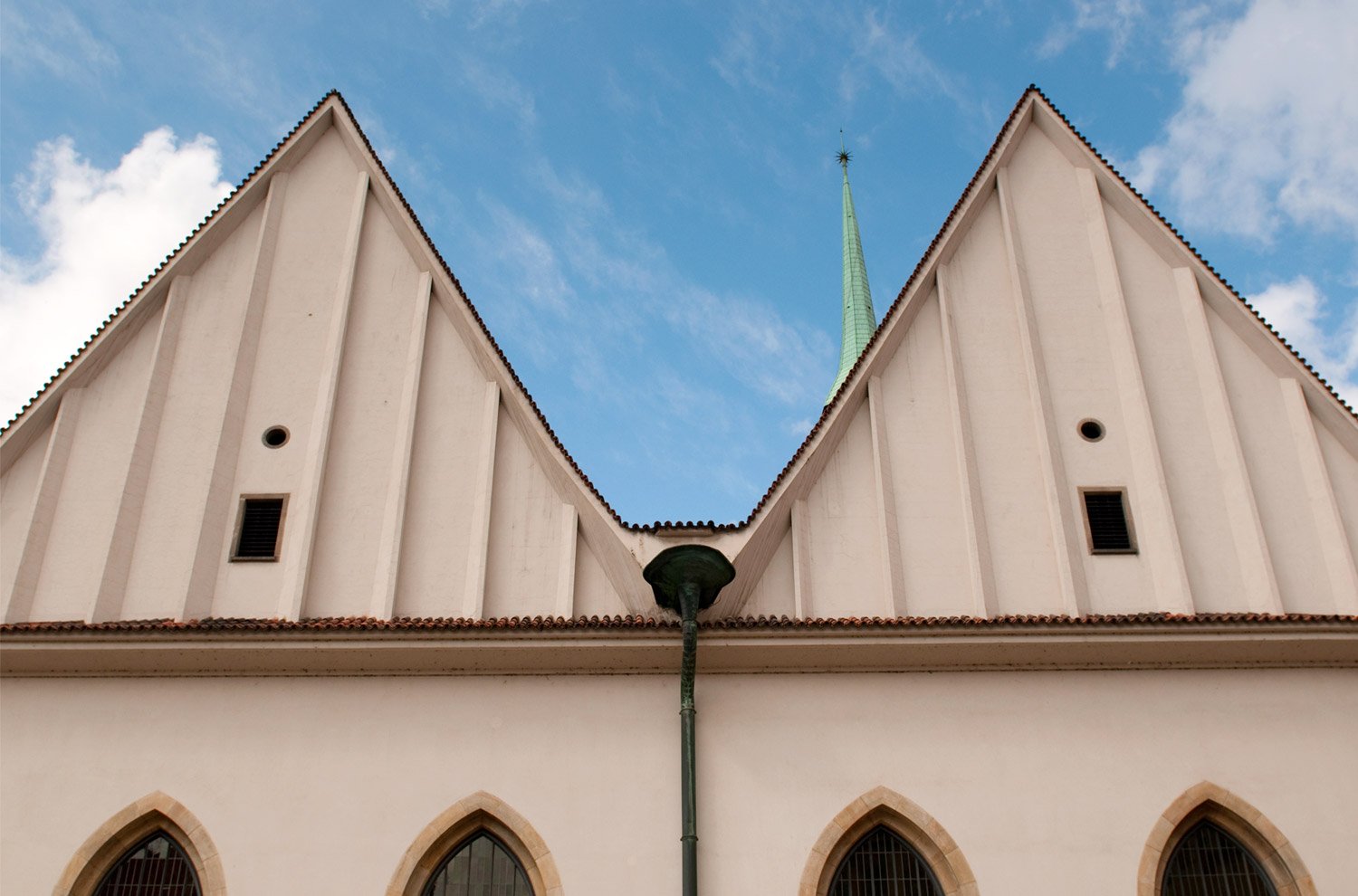
In 17th century, after the Thirty Year’s war, Jesuits took over the chapel and demolished it in 1786. The original portal and three windows were excavated after World War I. The church was reconstructed in the 1950s. Not much remains of the older church, but remnants of Hus’ teachings can still be read on the inside walls.
Church of St. Nicholas
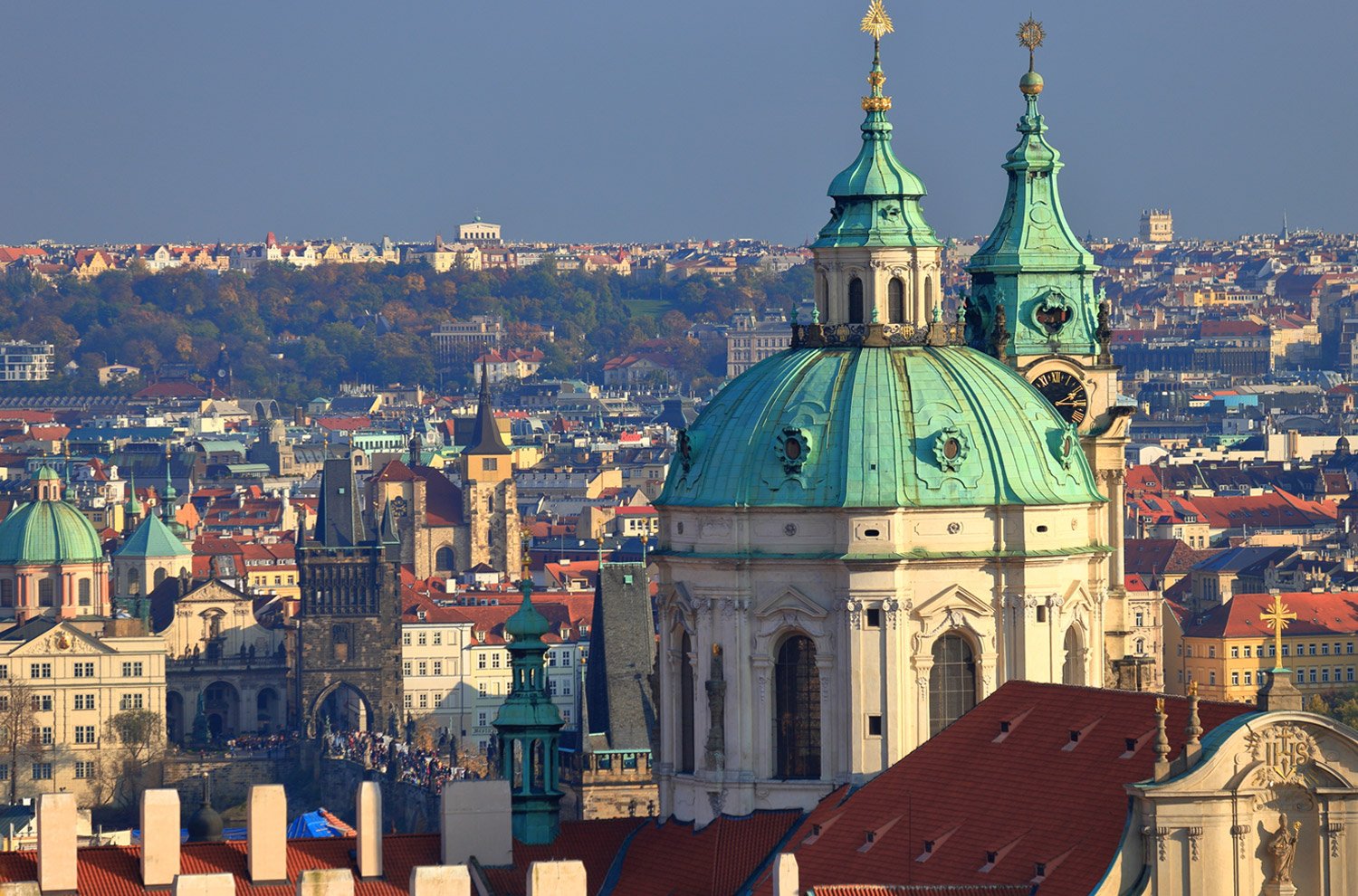
Clementinum
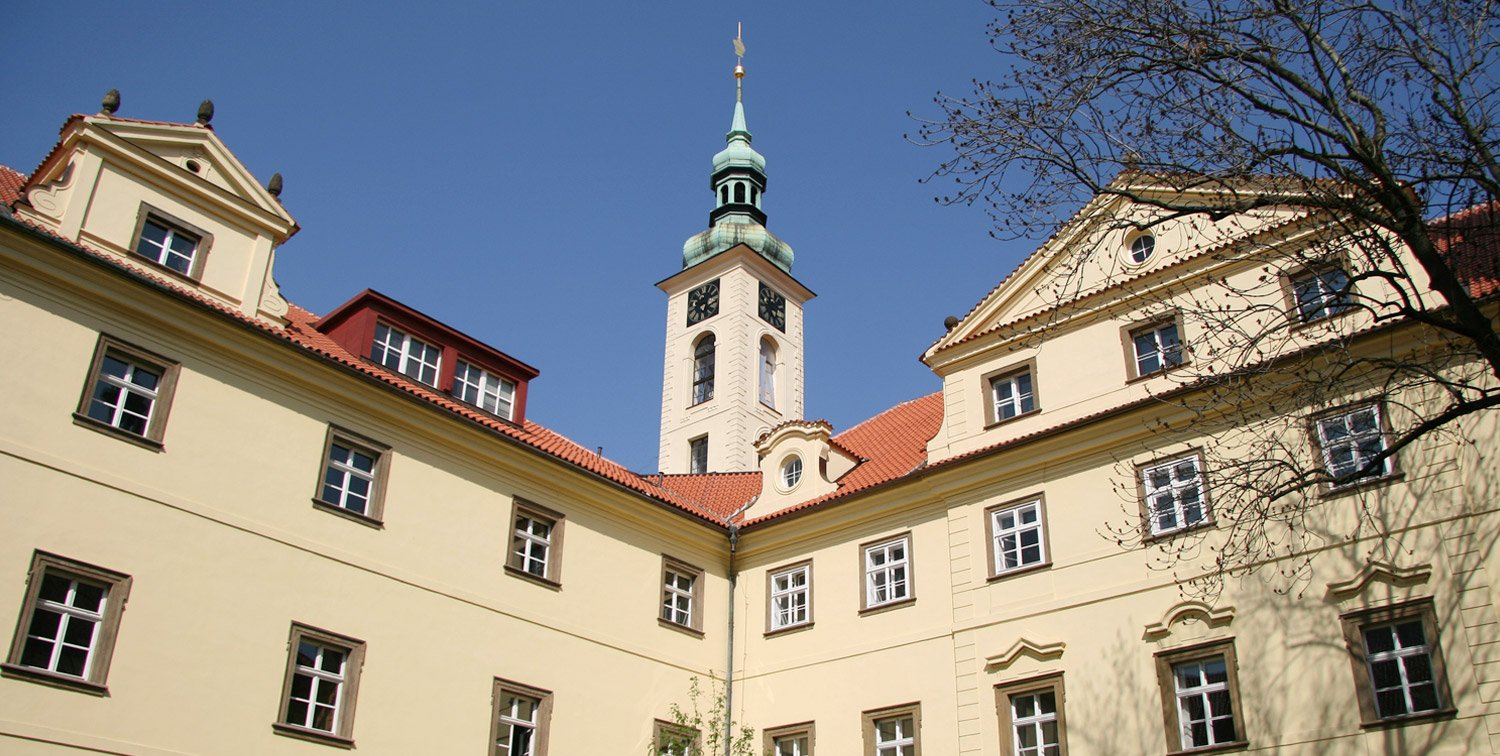
Dancing House

The Dancing House is in sharp contrast to the classical architecture around it. Edifices in Art Nouveau, Neo-Gothic and Neo-Baroque styles are examples of the classical style. The modern construction of the Dancing House had its share of public opposition. Today, the city is proud of this splendidly creative architecture.
Botanical Gardens

Zizkov
Outside of Prague
Kutná Hora
